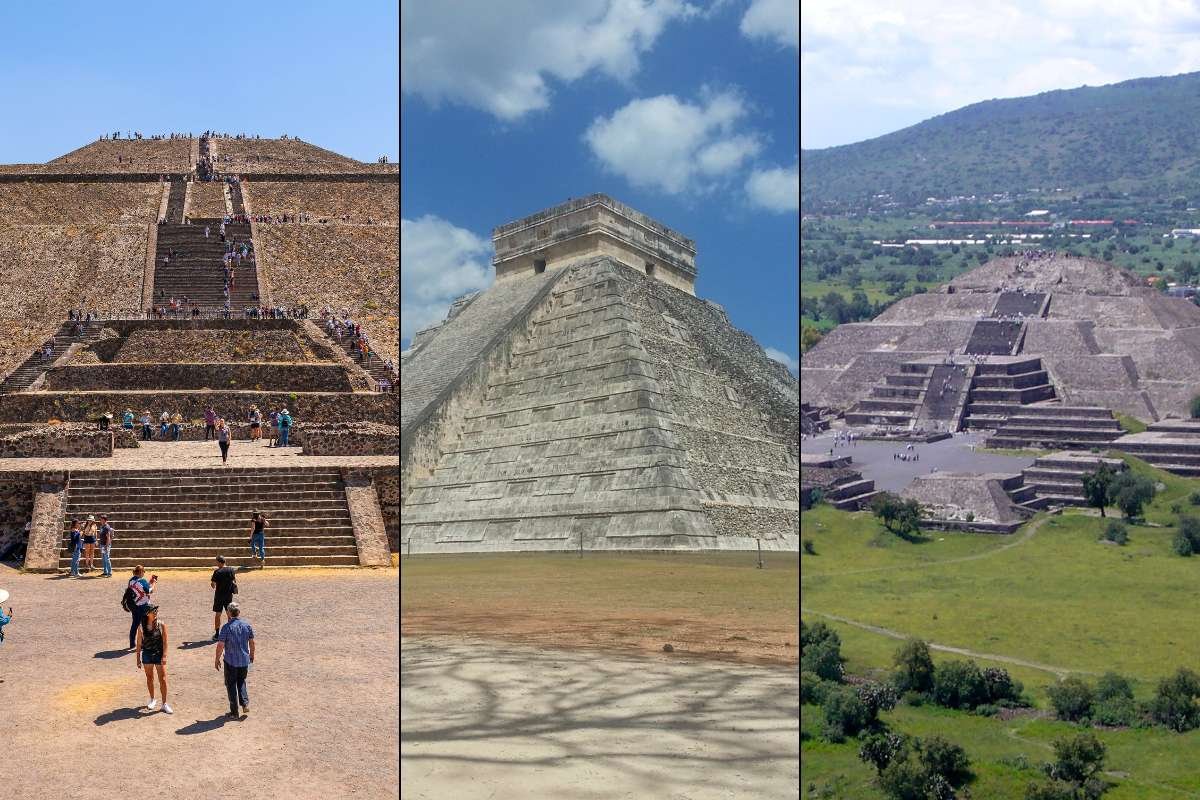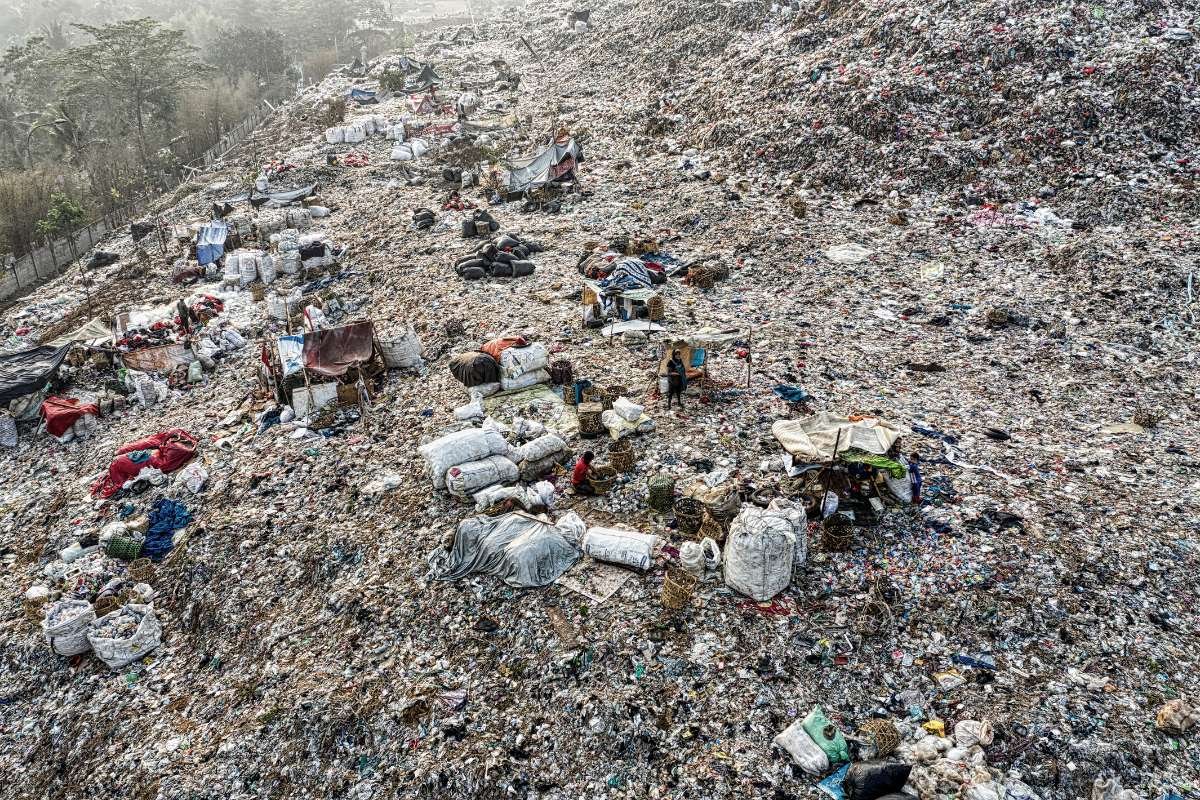Throughout history, some of the most transformative changes in society have been driven not by individual efforts, but by the power of collective action. When communities come together, they are capable of addressing local issues, overcoming challenges, and creating lasting positive impact. This principle of unity is the foundation of strong societies and is evident in small towns, big cities, and even online communities around the world.
Collective action is more than just people working together; it’s about creating a shared sense of responsibility and purpose. Whether it’s cleaning up a local park, organizing a neighborhood watch, or rallying for social change, when people unite for a common goal, they can achieve remarkable things. Here’s a closer look at the power of collective action, why it matters, and how you can contribute to your community’s success.
1. Understanding Collective Action: More Than Just Working Together
Collective action occurs when a group of people with a common interest work together to achieve shared objectives. What makes it different from ordinary teamwork is the scale and impact. Collective action often addresses issues that affect an entire community, from environmental conservation to public health initiatives, and usually relies on the voluntary commitment of individuals working towards a greater good.
The real strength of collective action lies in its ability to pool resources—time, skills, knowledge, and even funds—to tackle problems that would be impossible or overwhelming for one person alone. When a community unites, each person’s small contribution adds up to a much greater whole. Consider, for example, a community cleanup day. One person cleaning a street corner won’t make much of a dent, but when dozens or even hundreds of people show up, entire neighborhoods are transformed.
2. The Ripple Effect: How Small Actions Multiply?

One of the most inspiring aspects of collective action is its ripple effect. Even the smallest initiative can spark a chain reaction of positive change. For instance, when one family decides to plant trees in a local park, others may be inspired to join, leading to a larger-scale reforestation effort. Similarly, when a group of parents advocates for safer school crossings, it can prompt broader changes in local traffic regulations, making the area safer for all children.
The ripple effect works because it draws others in—showing them that their efforts, no matter how small, can be part of something much bigger. It’s not just about immediate results; it’s about inspiring others to step up and contribute, creating momentum that builds over time. This momentum is what makes collective action so powerful. As more people join, the initiative gains visibility, resources, and influence, ultimately reaching a tipping point where real change becomes inevitable.
3. Identifying Community Needs: Where to Start?
The first step in engaging in collective action is identifying the needs of your community. What issues are affecting your neighborhood or town? What problems do people talk about most frequently? Some needs are obvious—litter in public spaces, lack of safe walking paths, or outdated playground equipment. Others might be less visible, such as social isolation among seniors or a lack of extracurricular activities for teens.
To pinpoint these needs, start by engaging with community members. Attend local meetings, talk to neighbors, and listen to what people are saying. This will not only help you identify issues that matter most, but it will also connect you with others who share similar concerns. Once you have a clear picture, prioritize the issues based on their urgency and the resources required to address them.
If you’re unsure where to begin, consider focusing on projects that have immediate, tangible results. Cleaning up a local park, organizing a food drive, or setting up a community garden are all initiatives that can be started with minimal resources and have a visible impact. As momentum builds, you can tackle more complex issues or expand your reach.
4. Building a Network of Support

For collective action to be effective, you need more than just willing participants; you need a strong network of support. This includes individuals, local businesses, nonprofit organizations, and even local government officials who believe in the cause and are willing to contribute in various ways.
Start by reaching out to people in your community who have a stake in the issue. For example, if you’re advocating for more green spaces, talk to local environmental groups, schools, and gardening clubs. Building these relationships early on will give your initiative credibility and increase your chances of success.
Businesses can also play a crucial role. Many local companies are eager to support community initiatives through sponsorship, donations, or by providing volunteers. For instance, a bakery might offer refreshments for a community event, while a hardware store might donate tools for a community garden project. When local businesses get involved, it signals to others that the initiative is worth supporting, creating a snowball effect of engagement.
5. Sustaining Momentum: Keeping the Community Engaged
One of the biggest challenges of collective action is maintaining momentum over time. People’s enthusiasm can wane, especially if results aren’t immediately visible or if the work becomes demanding. To sustain engagement, it’s important to set clear goals, celebrate small wins, and recognize the contributions of everyone involved.
Regular communication is key. Use social media, newsletters, and community events to keep people informed about progress, share stories, and highlight the impact of their efforts. This helps people see that their involvement is making a difference, which is essential for maintaining motivation.
Additionally, be open to feedback and new ideas. Collective action is a dynamic process that requires flexibility and adaptability. As your initiative grows, new challenges will arise, and new opportunities will present themselves. Encouraging input from a diverse group of participants will keep your efforts fresh and responsive to the community’s evolving needs.
6. How You Can Get Involved Today?

You don’t need to start a large-scale initiative to be part of collective action. There are countless ways to contribute, whether you have time, money, or skills to offer. Here are a few actionable ideas:
- Join a Local Group: Look for existing organizations that focus on issues you care about. Environmental groups, youth programs, and neighborhood associations are often looking for new members.
- Contribute Resources: Ift you can’t volunteer your time, consider making a donation to support a local cause. This could be a financial contribution, supplies, or offering your business’s services at a discounted rate.
- Start Small: Organize a small community event, like a potluck dinner, to bring people together. Building connections is the first step in creating a stronger, more engaged community.
- Raise Awareness: Use your social media platforms to highlight local issues, promote events, and share success stories. Raising awareness is often the spark that ignites broader participation.
The power of collective action lies in the fact that it transforms individual efforts into something far greater than the sum of its parts. When people come together, they create a force for change that can tackle even the most daunting challenges. By identifying community needs, building networks of support, and sustaining engagement, anyone can be a part of this transformative process.
Remember, no action is too small. Whether you’re volunteering your time, making a donation, or simply spreading the word, your contributions help build a stronger, more resilient community. After all, it’s the combined efforts of everyday people that truly make a difference in the world.


















